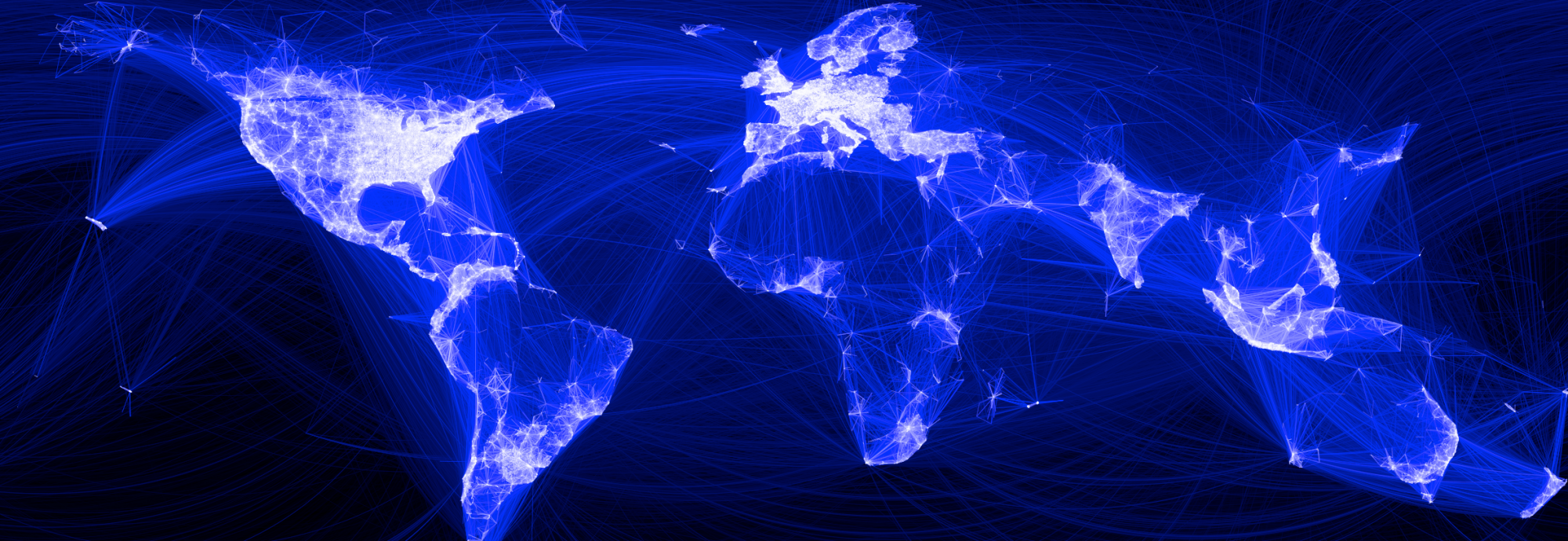A ‘digital divide‘ refers to the idea of an economic inequality between groups leading to differential access to information and communication technologies. This idea can refer both to such a divide on a global scale, but also between rural or urban regions in a country, and even within communities. What has been called the ‘second-level digital divide’ is especially important to online politics, and refers to the idea that there is a further divide between the producers and consumers of content online. The important characteristic of these divides is that they systematically affect specific groups through structural inequalities, particularly those living in rural areas with less Internet infrastructure, the elderly who have had less exposure to technology, those who can’t afford home Internet access or devices capable of Internet access, and those who have had less education about technology and the Internet.
Jen Schradie lays out “7 Myths of the Digital Divide” in an article that brings up several important issues regarding Internet access and use in modern Western society. In particular, she suggests that the most prevalent divides are of social class, and also that we should think of the ‘divide’ not as such but as a complex form of inequality. She also generally criticizes those who consider the digital divide to be gone. In terms of methodology, she questions studies that look at primarily the young, those who are already online, or those who neglect to quantify whether Internet use of survey participants is frequent or occasional. People’s perception regarding Internet access and use tends to be myopic (“Everyone I know has a smart phone!”) and as in other discussions of inequality, most people do not generally perceive class divides or structural inequality in their day-to-day lives.
There also are many people who may access technology occasionally, but who have rarely or never ‘participated’ in social media in the way that advocates of political mobilization and discussion online are so enthusiastic about. Furthermore, who produces content matters. Both journalists and policy-makers use the online conversation as a proxy for the entirety of public discussion and public opinion. We should therefore be concerned about this ‘second-level’ divide concerning content production vs. consumption.
Many would see the solution to this problem as solely a matter of getting more people online faster. I would argue, however, that we must approach such a divide not solely with the goal of getting more people online, but also attempt to accommodate the current, real world barriers that people are facing. Lack of access and knowledge of technology creates basic issues, for example when forms must be filled out online, but also causes problems when certain groups have less access to information than others, and less ability to have an online voice than others. We should not abandon tried and tested ‘real world’ means of political empowerment yet in favour of a purely digital political conversation. As Schradie says in her article, “If we develop policies, journalism, social movements, as well as academic theories assuming that everyone has instantaneous Internet access and knows how to participate online, then we are even farther from creating a digital democracy than any utopian could hope for.”
